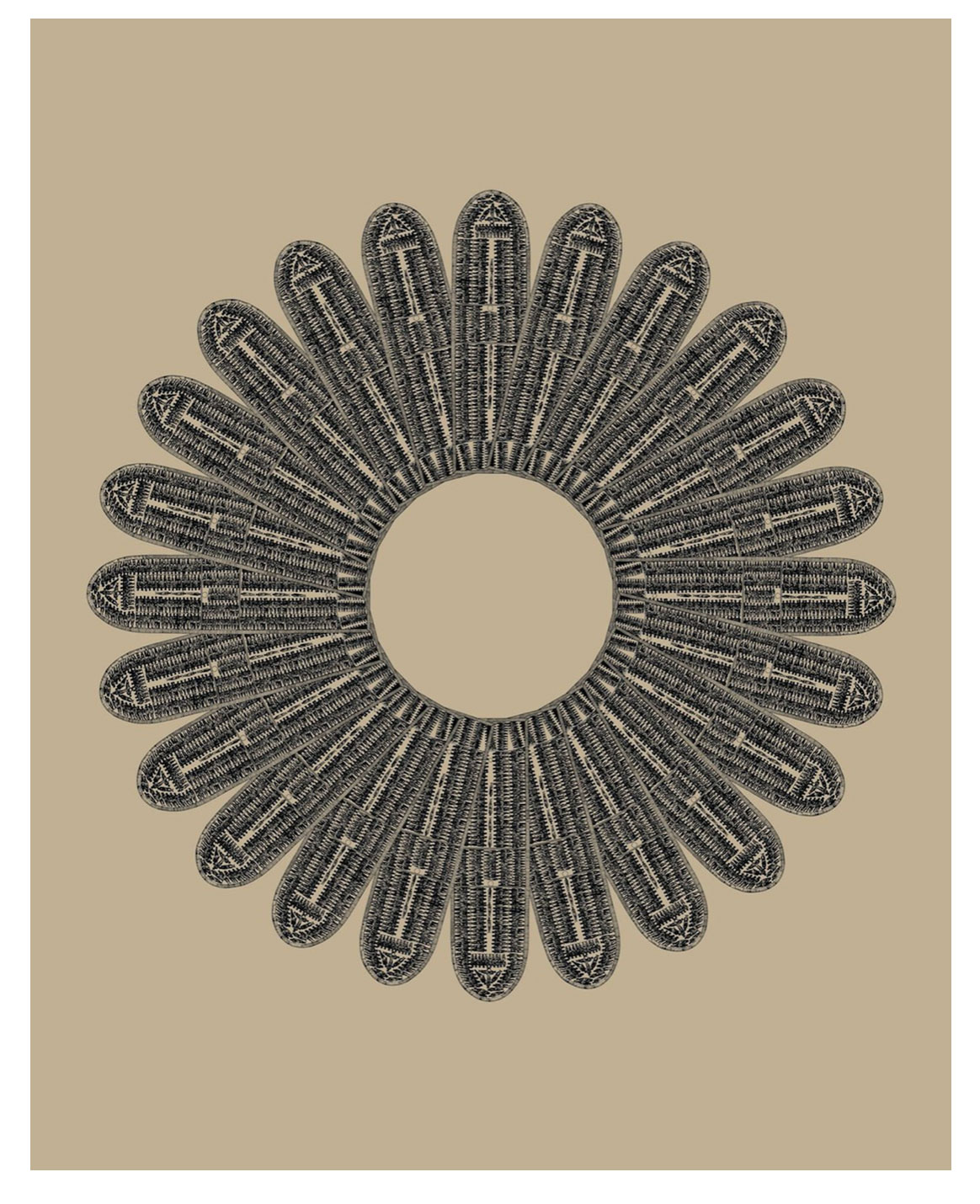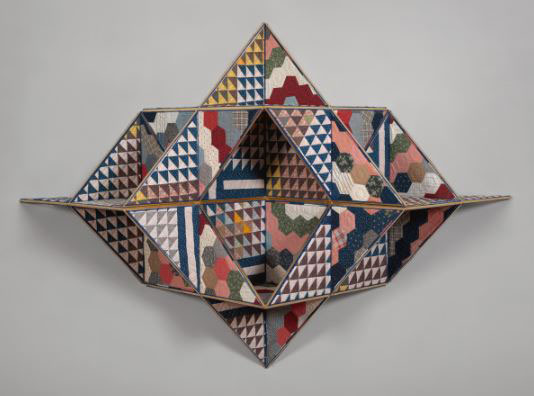By Kathleen Reid

We are Canvas. As a group of like-minded art enthusiasts, we are starting a new initiative to connect and share artwork from our own personal collections. We are open to interpretation on individual collections, which will be part of the fun. Mostly, we want to know what you love and why. To start the conversation, I talked with fellow Canvas Advisory Committee Member Jay Collier, who recently purchased a work of art by Sanford Biggers.
KR: Where did you first see this artist’s work?
JC: During Art Basel in 2017, I spent time with [VMFA Director and CEO] Alex Nyerges and [Chief Curator and Deputy Director for Art and Education] Michael Taylor who were interested in Sanford Biggers whose artwork was new to me. They ultimately acquired two pieces for VMFA.


Fast forward to summer 2020. As you know, COVID-19 has really altered the typical art fair model and the traditional art viewing experience. UNTITLED, ART had their first virtual fair this summer so my fiancé and I decided to make it a date night.
As we explored the virtual galleries, we were amazed at how good the experience turned out to be. In one gallery, we both noticed a piece that we found interesting and discovered it was by Sanford Biggers. Thanks to Canvas and VMFA, I was familiar with his work and ultimately decided to buy it.
KR: Why Sanford Biggers?
JC: True and I were drawn to the work before realizing it was by Sanford Biggers. When I saw the artist’s name, I knew he was a significant artist if VMFA had acquired his works for its permanent collection. I must say True, with her art school background, was very aware of his work and its importance – I’m still playing catch up. As I did more research, I came to admire Biggers and the spiritual nature of his artwork. In this piece, titled Lotus (3), I was fascinated by how he tackles difficult themes like slavery and uses his platform to create work that transcends differences.

Biggers uses the lotus flower, which is considered a divine symbol in Buddhist and Hindu traditions. The Gallery description also points out how the lotus represents the purity of the soul and the detachment of the body and mind from earthly concerns. The lotus is a central theme of Sanford Biggers’s art and has a transcendental quality that made me think about challenging cultural themes in a new way.
As I studied the detail, I realized that there were intricate patterns decorating the lotus; in fact, there are actually representations of thousands of men and women bound fast within its petals. It was interesting to discover that the shape of each petal and the placement of the bodies inside are referencing an 18th-century diagram. Biggers used an actual formation of human cargo in slave ships crossing from Africa to America.
KR: What drew you to this particular work?
JC: I like the simplicity and symmetry of this work when viewed from afar or at a glance. What I really love though is that this piece has a layer of complexity and deep meaning if you spend time looking at it closely. Thinking about the lotus and its meaning coupled with the history and evils of the slave trade is a thought-provoking juxtaposition. At a minimum, the work is a conversation starter, especially at this time.
Kathleen Reid is the Communications Co-Chairman of the CANVAS Advisory Committee.